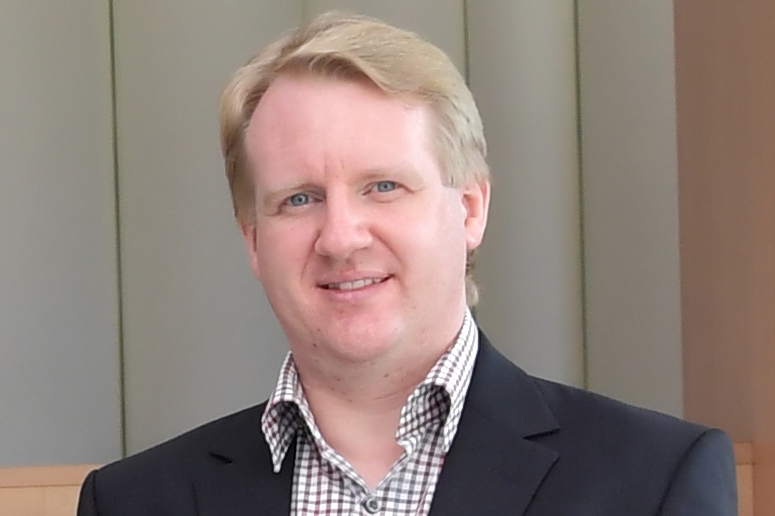Q&A
Dr. Ben Cowling on Super Spreading of COVID-19

Excerpts from our conversation with Dr. Ben Cowling, an NIH-funded epidemiologist at the University of Hong Kong.
NIHNiH: What is “super spreading,” and how is it driving the COVID-19 pandemic?
Cowling: We looked at infections in Hong Kong. And what we found is that infections often occurred in clusters. So although on average, one person may have been infecting two others, actually, a lot of the cases didn’t infect anyone.
We found that 70% of cases didn’t affect anyone, didn’t transmit at all. And about 20% of cases were responsible for 80% of transmission. That’s called super-spreading.
NIHNiH: Has this pattern been seen before? Is it limited to Hong Kong?
Cowling: We observe that the minority of cases are responsible for a majority of transmission. It’s not the first time we've seen that happening. That happened for SARS (another coronavirus) in 2003. It happens for MERS (Middle East Respiratory Syndrome) coronavirus, as well. And now we think it happens for COVID.
Although our research is in Hong Kong, using Hong Kong data, actually the same kind of phenomenon has been reported elsewhere. And we believe it’s actually what’s happening a lot of the time with COVID in the U.S. as well.
NIHNiH: How does super spreading occur?
Cowling: You need to have a lot of people around a contagious case. If there’s a contagious person who isolates themselves once they worry they’re infected, there won’t be any superspreading because there won’t be an opportunity. You also need the case to be a relatively more contagious case. We’ve found that there’s a lot of variability in contagiousness.
One of the questions we still haven’t answered is: What makes a super-spreader? What is it about those people that makes them more contagious and more likely to transmit to lots of other people? We haven’t really identified it. Maybe there’s some genetic component. Maybe there’s some other factor related to age or social behavior.
NIHNiH: How can we reduce super spreading?
Cowling: If we can find ways to minimize the opportunity for super-spreading events, it would really help a lot. And so that means in the U.S., things like either making sure bars are closed or operating in reduced capacity or with better ventilation. Same for restaurants. Workplaces really need to think about not having a crowded cubicle area, where if there was one infected person in the middle that they could spread it to everyone. Public transport may need to be more careful, especially on public transport that has longer journeys.
NIHNiH: How will limiting super spreading help?
Cowling: If we can find ways to remove one of those ingredients for super-spreading events—and that’s the opportunity—then it can go a long way to reducing transmission. So that’s really, in my opinion, an important approach.
If we can reduce crowding, then we can actually do a lot of good without having to have drastic stay-at-home orders. We can still let people do some of the things they want to do.
NIH Office of Communications and Public Liaison
Health and Science Publications Branch
Building 31, Room 5B52
Bethesda, MD 20892-2094
Contact Us:
nihnewsinhealth@od.nih.gov
Phone: 301-451-8224
Share Our Materials: Reprint our articles and illustrations in your own publication. Our material is not copyrighted. Please acknowledge NIH News in Health as the source and send us a copy.
For more consumer health news and information, visit health.nih.gov.
For wellness toolkits, visit www.nih.gov/wellnesstoolkits.
